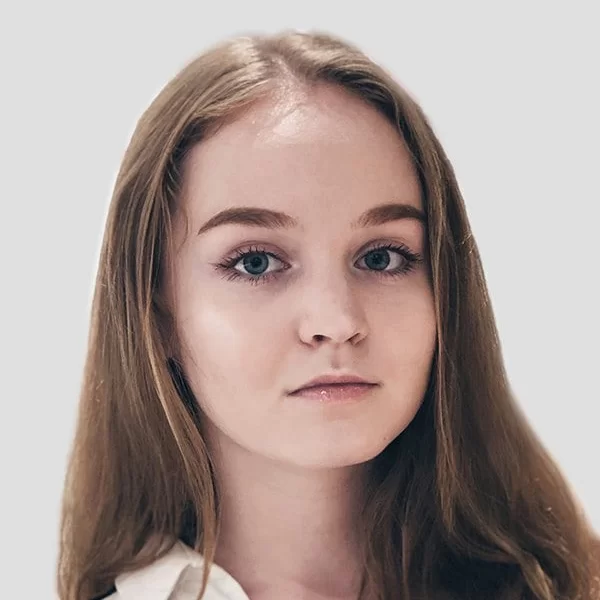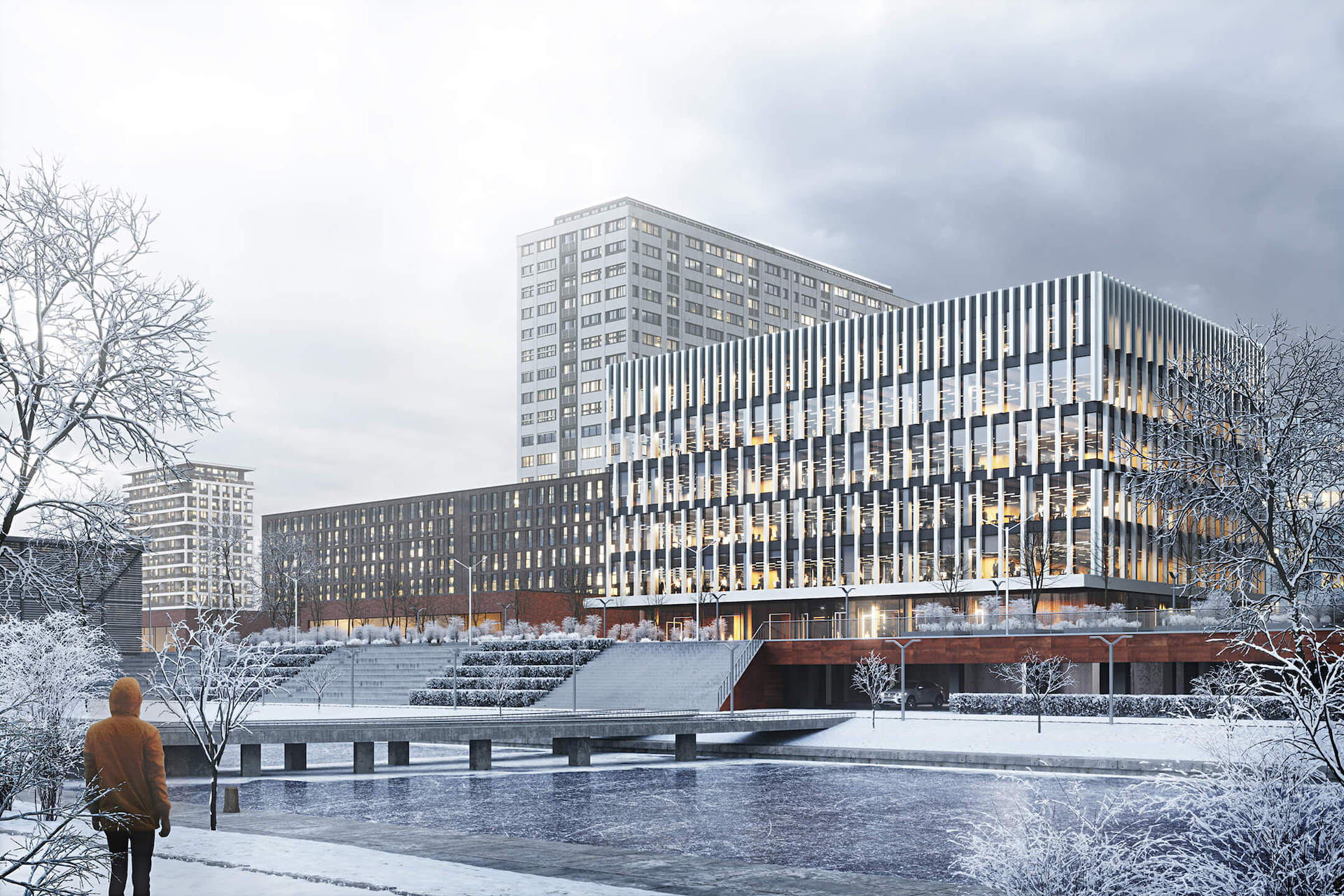Let’s get this straight — it’s absolutely fine to go into your first CG video-making project without knowing any 3D animation terminology. Because real professionals of digital visualization will always explain everything and help you get the best results. Even if you’re unfamiliar with the process of creating 3D architectural animation at all.
However, there’s no guarantee that you’ll remember all the terms by the time you start your next project. And without the knowledge of the basic terminology, you might spend a while explaining your vision to the team of 3D artists. While there are always better ways to spend your time. And there is also one more important thing. Once you know the 3D animation terms, the process of making a CG video becomes sheer fun and pleasure. It turns to a creative workflow, where the client and the 3D artist easily understand each other’s ideas. And we’re happy to help you achieve that!
As a specialized architectural visualization studio, we strive to create the best experience for our clients. We want them to get amazing 3D animations with the smallest amount of effort from their side. That is why we compiled this shortlist of the most used animation-related terminology, knowing which will help architects communicate with their CGI teams in the most smooth and efficient way. Now, without further ado, let’s take a look at those terms!
#1. Grab Viewport (GVP)
When the rough cut of a CG animation with all the main scenes and models, but no textures yet, are ready, the team of animators shares this intermediary result with the client. To do that quickly, they use the GVP, or Grab Viewport feature. Essentially, GVP is a preview of an animation created by recording the screen in the 3ds Max software without actually rendering the video. It saves a lot of time and allows the client to see the draft CG footage and ask for necessary corrections at the early stages of the project.
#2. Grayscale
Next on our list of 3D animation terminology is grayscale. That is CG imagery, or in our case, a video without any colors or textures applied to the 3D models. Usually, clients see grayscales in GVPs when approving the geometry of the models and the composition of the scenes. At this stage, if the architect wants to make changes to some items in the footage or arrange them in a different way, 3D animators can do that rather quickly because there’s no need to change any textures.
#3. Camera Path
A camera path is a trajectory along which the virtual camera moves through the scene. Using this bit of terminology, the client can help the 3D animation team to determine the starting point of the video, the order in which the 3D objects will appear, and the endpoint. For instance, in the case of architectural visualization, the camera can first fly around the building to show its exterior and then go inside to reveal the interior design.
#4. Camera Movements
These are the ways the view shifts in an animation to change the frame or perspective through the movement of the virtual camera. There are many types of such movements, and knowing the basic terminology here is essential to clearly explain ideas and understand suggestions from the 3D project team. Here are the main terms:
- Zoom In/Out — “moving” closer to/ further from an object by magnifying the frame;
- Pan — changing the angle horizontally from side to side;
- Tilt — changing the angle vertically upwards or downwards;
- Dolly — moving towards or away from an object without zooming;
- Truck — moving from one side to another along a fixed point;
- Pedestal — moving upwards or downwards in relation to an object.
#5. Script/Scenario
This term is a more universal piece of 3D animation terminology, as it also applies to filmmaking in general. A script, or scenario, is a narrative that explains in detail how the video begins, progresses, and ends. To get a mind-blowing 3D walkthrough animation, an architect should try to explain their vision and message in the brief as clearly as possible. But not to worry — CGI specialists are always ready to help shape and fine-tune even the raw ideas of their clients into breathtaking animated CG visuals.
#6. Storyboard
The next item on our list of terminology is storyboard — a sequence of images, such as sketches, that is used to pre-visualize 3D animation. Namely, a storyboard shows what various frames will look like in terms of angles and composition. An architect can prepare one themselves and then finalize the concept with their project team. Doing that will help to communicate the ideas and speed up the process of creating a 3D animation.
Immerse clients into your design projects with a 3D animation
#7. Simple VFX
Simple VFX, or visual effects, can be added to an architectural animation using specialized software like Adobe After Effects to imitate real-life phenomena. For instance, that can be a fire burning in the fireplace, water running in the pool, steam above the cup, flying birds, etc. Overall, such visual effects really help to increase the realism and add ambiance to the CG footage. So, it’s quite important to be familiar with this part of 3D animation terminology.
#8. Frame Rate (FPS)
Frame rate, expressed in frames per second, or FPS, is the frequency at which frames — consecutive images — appear on the screen. Higher frequency rates like 120fps and 240fps are usually used in 3D animation with a lot of movement, particularly when there are animated characters. At the same time, lower rates like 30fps and 60fps allow for achieving a more cinematic effect. These are used the most often in architectural animation. Also, one should know that video files with high frame rates are large in size and take longer to render.
#9. Post-Production
Another important piece of 3D animation terminology is post-production — the last stage of the pipeline. At that point, the final rendering is done and then CGI specialists add final touches to the CG footage. They do color correction, adjust brightness and sharpness, and can add optical effects like lens flares. Also, that’s when the 3D animation experts can add contextual elements, such as figures of people, pets, and vehicles in the streets. And, finally, the CG video gets music, voice-overs, and subtitles added to it.
#10. Match-Moving
When it comes to 3D animation terminology, match-moving is one of the most important terms for those who want to get the most realistic footage. It’s a technique that allows an artist to seamlessly insert a 3D model of a building into a video shot with a real camera. For example, an architect can have their design placed in the aerial footage of the expected construction site captured by a drone from a bird’s eye view. That will allow them to demonstrate how the future structure will look in its actual surroundings.
#11. Render Farm
To complete our terminology list, we must mention render farm — a cluster of computers that work together in sync to render many 3D images in a short time. It’s particularly necessary for the creation of 3D animation, which consists of a great number of such CG renders — frames. Because, compared to rendering on a single machine, visualizing on a farm is a lot faster thanks to the combined power of multiple state-of-the-art computers. Using a render farm, 3D animators can deliver even rather long and complex CG videos within a short amount of time.
That was our shortlist of the must-know 3D animation terminology. Learning those 11 simple terms will help any architect get on the same wavelength with their team of CGI experts quickly and easily. As a result, you’ll be able to get amazing CG presentations faster! Plus, you will really enjoy the process of coordinating the production of your 3D visuals.
Present your architectural project like a work of art with AI-powered CGI
Looking for top-notch architectural animation services? Contact us at ArchiCGI and get marvelous 3D videos to present your concepts in all of their glory! Reasonable prices and a short delivery time guaranteed.

Ana Wayne
Content Writer, Copywriter
Ana is a content writer for ArchiCGI. She has a passion for design and architecture - and for talking about it. Outside of work, she is a fan of sci-fi movies and a street food connoisseur.


